It literally nearly killed me.
My first attempt to paint the entire Rozelle contingent of the Sydney Heritage Fleet ended in disaster .
My canvas stretcher had snapped in two after it was caught by a gust of wind. I fell into the murky waters of Blackwattle Bay and was lucky not to be seriously injured.
This tested the limits of the possibilities of plein air painting.
 |
First version of SHF6 'Sydney Heritage Fleet at Rozelle' 2013
oil on canvas 122 x 183cm
|
But all the time and trouble has been worth it.
The entire collection of Sydney Heritage Fleet vessels is here in all its glory, and more details are visible in this canvas than are possible to see from the park opposite Blackwattle Bay.
At 122 x 183cm, this canvas is even larger than the first!
I completed about 80% of it from the park, but to unscramble the confusing mass of masts, ropes and rigging, I had to paint the finishing touches from the Rozelle headquarters of the Sydney Heritage Fleet itself.
I am a member of ASMA, the Australian Society of Marine Artists.
In 2008 the Sydney Heritage Fleet in conjunction with the Australian Society of Marine Artists inaugurated an Artist in Residence programme, with the commission from sale of paintings going towards funding the Fleet's maintenance.
Our group of 10 artists will hold an exhibition of our completed paintings on the 'tween decks of the tall ship 'James Craig', which is the jewel in the crown of the Sydney Heritage Fleet, from 27th April 2013 - 3rd May 2013.
As well as this enormous canvas, I will exhibit 16 other paintings. Some of these were painted at the Rozelle headquarters, some from the Noakes slipways, others from the Australian National Maritime Museum and others from vantage points around Sydney Harbour.
The official opening will be 2pm on Saturday 27th April by Tanya Plibersek MP.
Everyone is welcome!
In 2008 the Sydney Heritage Fleet in conjunction with the Australian Society of Marine Artists inaugurated an Artist in Residence programme, with the commission from sale of paintings going towards funding the Fleet's maintenance.
Our group of 10 artists will hold an exhibition of our completed paintings on the 'tween decks of the tall ship 'James Craig', which is the jewel in the crown of the Sydney Heritage Fleet, from 27th April 2013 - 3rd May 2013.
As well as this enormous canvas, I will exhibit 16 other paintings. Some of these were painted at the Rozelle headquarters, some from the Noakes slipways, others from the Australian National Maritime Museum and others from vantage points around Sydney Harbour.
The official opening will be 2pm on Saturday 27th April by Tanya Plibersek MP.
Everyone is welcome!
Exhibition SALT IN THE AIR From Saturday 27th April - Sunday 4th May 2013 (asma-artistinresidence.blogspot.com)
Related posts
"Lashed to the Mast" - Plein Air painting as extreme sport
'From the Hungry Mile to Barangaroo'
Artist in Residence at the Sydney Heritage Fleet - Part 4 'Blowing in the wind'
SlippingAway
Follow the Fleet- Artist in Residence at the Sydney Heritage Fleet-
Part 5
Jane Bennett paints the 'Lady Hopetoun' (asma-artistinresidence.blogspot.com)
'From the Hungry Mile to Barangaroo'
Artist in Residence at the Sydney Heritage Fleet - Part 4 'Blowing in the wind'
SlippingAway
Follow the Fleet- Artist in Residence at the Sydney Heritage Fleet-
Part 5
Jane Bennett paints the 'Lady Hopetoun' (asma-artistinresidence.blogspot.com)
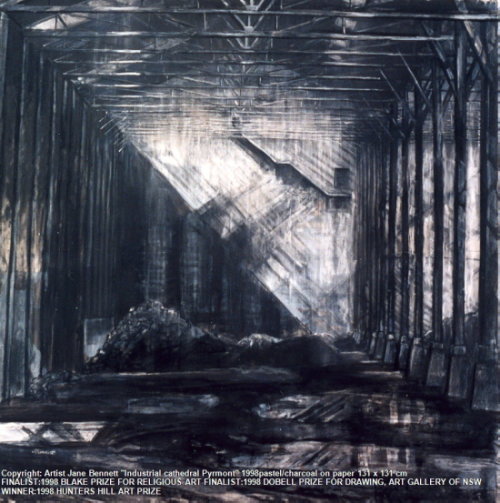







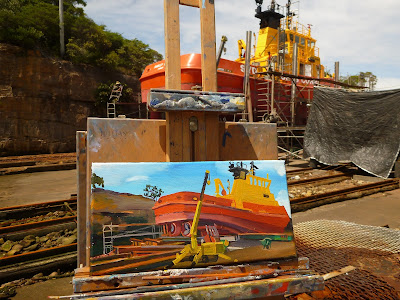





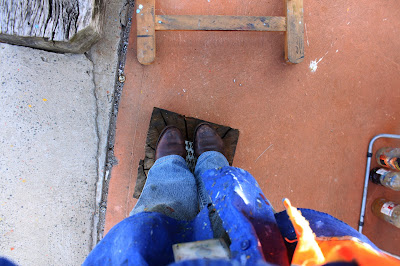







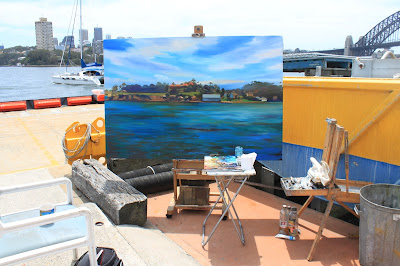

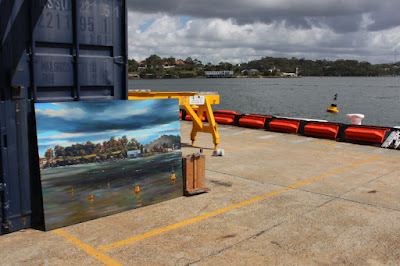
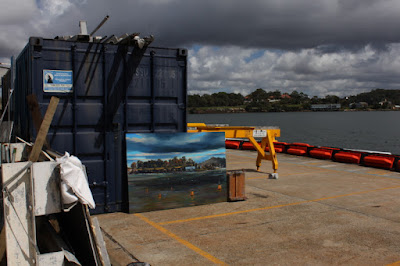
.JPG)